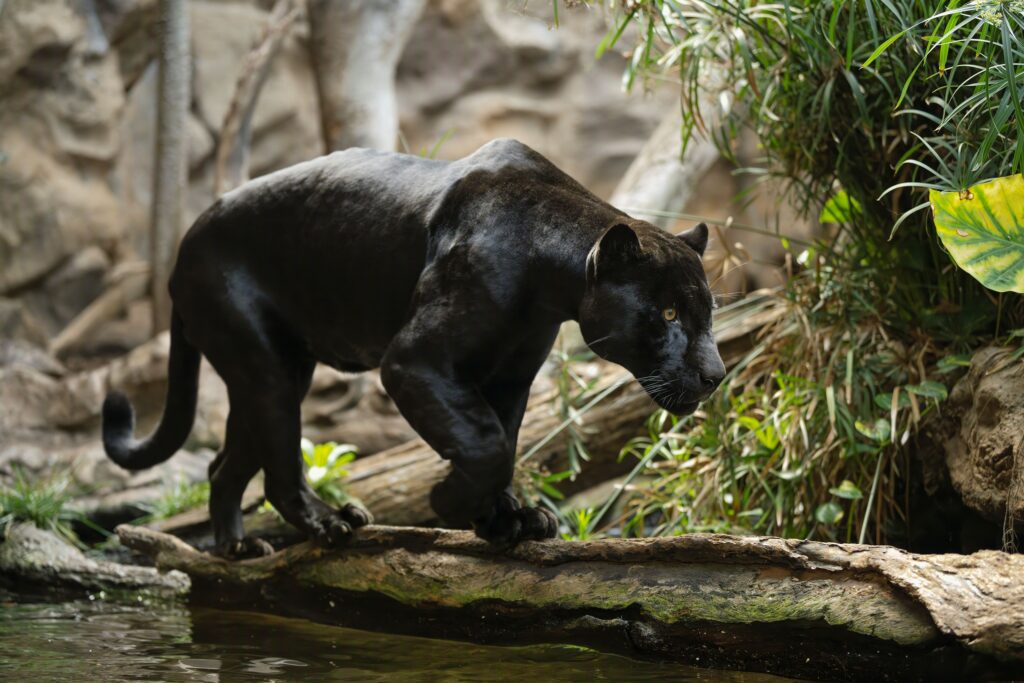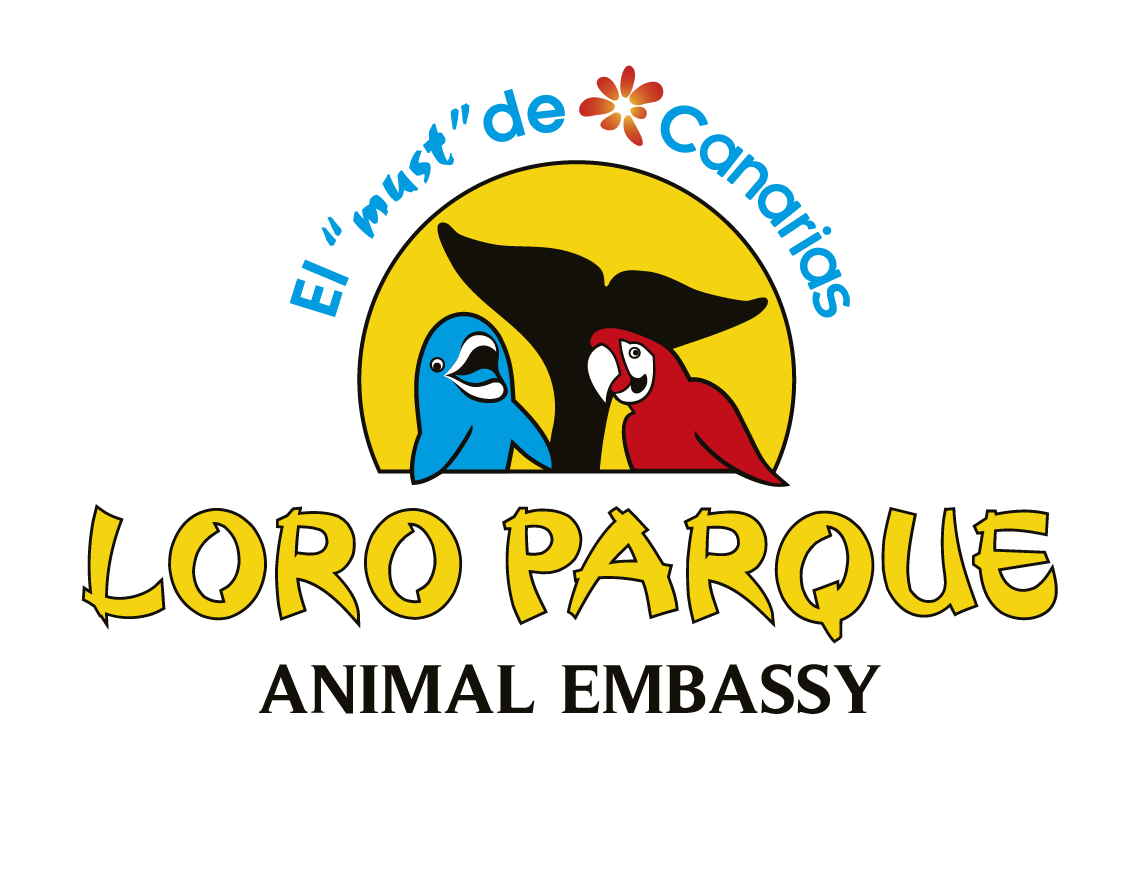The new arrival, Tito, comes from Hodonín Zoo (Czech Republic) with valuable genetics that strengthen the park’s animal welfare programme
Loro Parque takes another step forward in its commitment to conservation and animal welfare with the arrival of Tito, a 12-year-old black jaguar from Hodonín Zoo (Czech Republic), transferred to Tenerife as part of the European Endangered Species Programme (EEP). His incorporation aims to ensure the reproduction of this species, which is classified as Near Threatened by the IUCN, but is critically endangered in some areas due to habitat loss, poaching and human-wildlife conflict.
The new jaguar will share an enclosure with Naya, an eight-year-old female who has previously given birth and whose genetics are of significant value to the conservation programme. After a careful adaptation process, both jaguars have shown excellent compatibility, with calm interactions and multiple reproductive behaviours observed by the park’s terrestrial mammals team.
“Conservation is not just about protecting animals in their natural habitat, but also ensuring genetically healthy populations under human care,” said Wolfgang Kiessling, president and founder of Loro Parque. “At Loro Parque, we work every day to ensure their presence on this planet for future generations.”
The Loro Parque team implemented a gradual and respectful introduction between the two animals, beginning with several days of controlled olfactory and visual contact. This process allowed the animals to become familiar their surroundings and establish mutual trust before their final encounter, which proved to be a success.
“From the very first moment, we observed signs of comfort, curiosity and receptiveness,” said Daniel Rodríguez head of terrestrial mammals at the park. “The introduction went smoothly and reproductive behaviours appeared immediately, a clear sign of the emotional and physical well-being of both animals. This outcome is the result of months of coordinated work with the EEP, as well as the transport and registration teams.”
Tito has previously fathered offspring at another European centre, which further boosts the team’s expectations for successful reproduction at Loro Parque. His arrival not only contributes to the genetic preservation of the species, but also reaffirms the park’s role as an international benchmark in conservation and animal welfare.
Native to Central and South America, the jaguar (Panthera onca) is the largest feline in the Americas and the third largest in the world, after the lion and tiger. As an apex predator, it plays a vital role in maintaining ecosystem balance by regulating the populations of other species. Jaguars are also known for their exceptionally powerful bite, capable of piercing the skulls of their prey, as well as for their affinity for water, a rare trait among big cats.
The melanistic variety, known as the “black jaguar,” has excess pigmentation that darkens its coat. However, its characteristic rosettes remain visible under certain lighting conditions, a striking feature that fascinates both visitors and experts alike.












